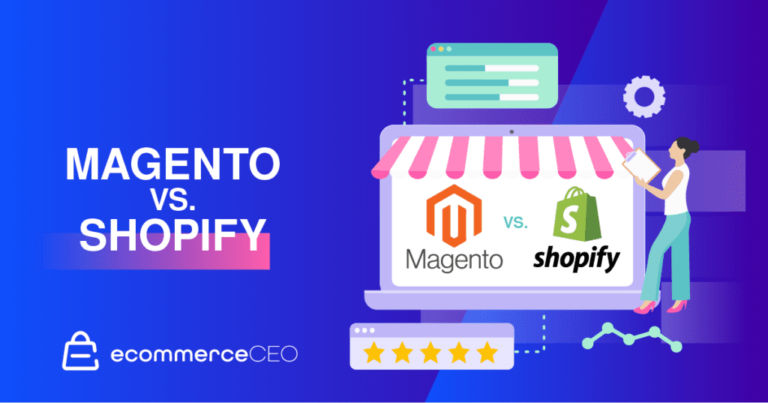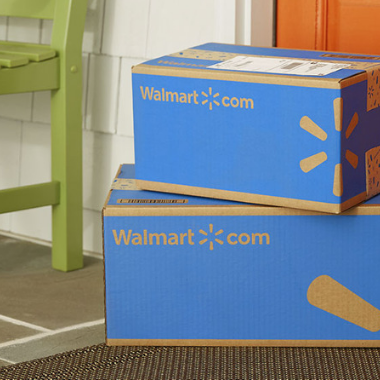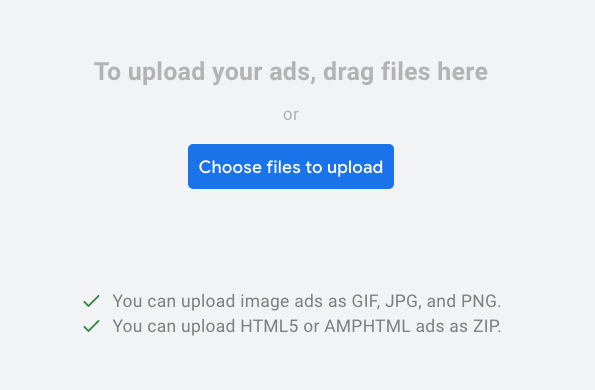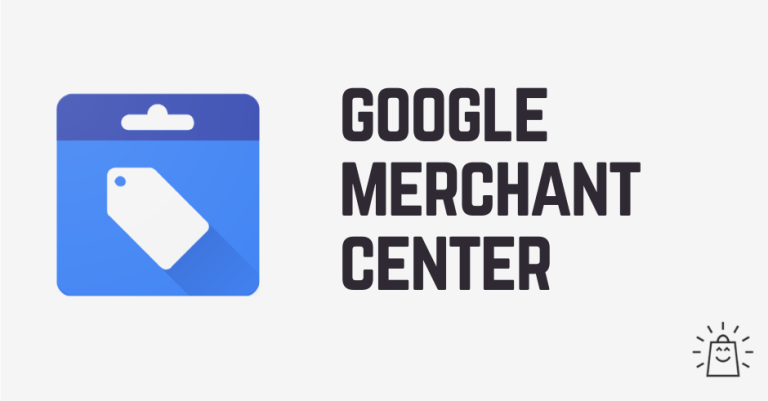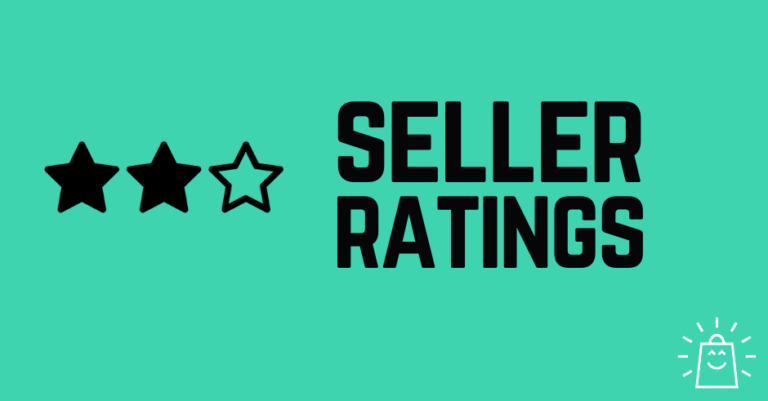With this in mind, here’s an overview of three of the best collaborations between retailers and fashion brands — as well as valuable insights you can apply to your own partnership strategy.
1. Target X Lilly Pulitzer
In April 2015, Target partnered with Lilly Pulitzer to create a limited-time-only collection for their customers, “Lilly Pulitzer for Target.” Lilly Pulitzer is a resort chic apparel and accessories brand founded by well-known designer Lillian Pulitzer Rousseau.
The collection had 250 items, including clothing, shoes, jewelry, accessories, home décor, and beauty. A total of 15 vibrant patterns, designed in-house at Lilly Pulitzer and drawing from the house archives, were exclusive to Target. Prices ranged from $2 to $150, and nearly 200 items were under $30.
This strategy of releasing limited-time-only products leveraged urgency and scarcity effects — ultimately bringing huge success to both Target and Lilly Pulitzer. Within hours of being launched, the collection was almost entirely sold out in stores and online.
According to Target, it was “one of the fastest-selling collaborations it has undertaken, out of more than 150 such joint projects since introducing the program in 1999,” notes The New York Times.
Expanding Availability and Accessibility
In an interview with Elle, Jane Schoenborn, vice president of creative communications at Lilly Pulitzer, shared that “Lilly’s attitude and overall approach to her designs have always been about inclusivity … We saw a collaboration with Target, a retailer that strives to make style accessible to everyone, as the perfect opportunity to amplify this message and bring Lilly’s story to a broader audience.”
This partnership brought Lilly Pulitzer to millions of Target’s younger customers — helping to create a lot of brand awareness across social media.
“The partnership with Target also expanded Lilly Pulitzer’s relatively small business into significant national distribution. Compare Target’s 1,800 stores to Nordstrom’s 116 and the brand’s own 29 — not to mention the different types of markets the companies operate in,” notes brand leadership expert Denise Lee Yohn in the Harvard Business Review (HBR).
Key Takeaways
Consider creating a limited drop or collection. Instead of making everything available for sale at once, you may want to try making some items exclusive and selling them in limited quantities, as Target and Lilly Pulitzer did.
When you create a sense of exclusivity, urgency, and scarcity around your new collection, you’ll tap into shoppers’ fear of missing out (FOMO).
2. Lowe’s X New York Fashion Week
In 2020, the home improvement retailer Lowe’s joined New York Fashion Week: The Shows to create a partnership that brought together two industries that rarely collaborate: fashion and home improvement.
Lowe’s partnered with designers Jason Wu, Rebecca Minkoff, and Christian Siriano to integrate Lowe’s products into their live New York Fashion Week shows.
The three designers each created a collection that featured Lowe’s products in some way, from paint to appliances to furniture. All products curated by each designer were available to purchase on Lowes.com.
Changing the Face of Fashion
“Our homes can be our greatest form of self-expression … We hope that seeing how these designers express themselves and bring their ultimate runway visions to life through the world of products we sell every day at Lowe’s will be inspiring to people everywhere to feel they can do the same, and more easily and affordably than they might have ever imagined,” Lowe’s chief brand and marketing officer, Marisa Thalberg, told the National Retail Federation (NRF).
The collaboration was a huge success. Marketing Dive reports that “Lowe’s was mentioned in social media posts during New York Fashion Week more often than the top designers who presented their collections at the semiannual event.”
After gaining traction from New York Fashion Week, Lowe’s also saw a jump in summer sales from consumers who focused on home improvement and landscaping projects during the pandemic, reports Marketing Dive.
Not only did Lowe’s strengthen their brand image, they also provided their customers with an opportunity to learn more about the benefits of home improvement.
Key Takeaways
The Lowe’s x New York Fashion Week collaboration worked well because it was so unexpected. Most people don’t associate a home improvement store with fashion shows.
The partnership showed that there are ways retailers can break expectations and reach new audiences by working with brands that aren’t normally associated with their industries.
When it comes to brand and retailer collaborations, there are no rules. You don’t need to be limited by your own industry or expertise. If you believe a partnership can benefit your business, your partner, and your target audiences, go for it.
3. Walmart X Brandon Maxwell
Walmart partnered with acclaimed American fashion designer Brandon Maxwell to create a line of clothing that would appeal to the high-fashion crowd — and increase their reputation in high-fashion areas.
Maxwell works with Walmart as creative director for Free Assembly and Scoop, Walmart’s exclusive, elevated fashion brands. He oversees the design of seasonal collections for men, women, children, and accessories. He’s also involved with material selection, sourcing, production, and brand marketing initiatives.
Walmart and Brandon Maxwell’s collaboration is beneficial because both parties share the same values, like creating beautiful clothing accessible to everyone. “Bringing [Maxwell’s] distinctive design talent to our elevated brand collections of Free Assembly and Scoop allows Walmart to offer customers stylish, high-quality fashion at an extraordinary value,” says Denise Incandela, Walmart’s executive vice president of apparel and private brands, on the retailer’s website.
In February 2022, Maxwell debuted his first two spring collections for Free Assembly and Scoop. Both collections are fairly priced: The Free Assembly collection, which has men’s, women’s, and children’s fashion, is priced between $8 and $48. Scoop, which focuses more on denim, is priced between $18 and $75, according to Walmart.
By collaborating with a high-end designer like Brandon Maxwell, Walmart shows that it’s serious about high-end fashion. This partnership helps to change consumer perceptions about Walmart — that it isn’t just for basics like clothing and groceries anymore, but also an ideal shopping destination for those who care about style and quality.
Key Takeaways
The collaboration between Walmart and Brandon Maxwell was a success because the retailer chose a designer who was already working with them and had a strong connection with their audiences. This made it easy for both parties to work together on the collection and design something that would integrate seamlessly into Walmart stores.
To achieve the best results, take the time to choose the right partner for your collaboration program. Select one who understands your target audiences and could create pieces that would appeal to them. Know what your brand stands for, and ensure your partner is aligned with your values.
Learn From This List of 3 of the Best Collaborations
Brand and retailer collaborations in the fashion industry excite potential customers by bringing new perspectives, ideas, and viewpoints to the table. No single designer or brand can do it all on their own, so collaborations are often what keep this industry fresh and trending — and that’s why they’re here to stay.
Apply what you’ve learned from the three best collaborations above to develop a partnership that can drive growth for your business.
Interested in learning more about how to establish a beneficial partnership? Download “The Complete Guide to Brand and Retailer Collaboration.”


